Sustainable landscaping is more than just a trend—it's an essential part of creating beautiful gardens that contribute to a healthier environment. For affluent homeowners who value luxury and responsibility, incorporating the right trees can be a cornerstone of eco-friendly garden design. Selecting trees that enhance the beauty of your space while providing environmental benefits like improved air quality, reduced energy costs, and wildlife support is key to a sustainable landscape. This guide will focus on three exceptional trees: Eucalyptus sideroxylon (Red Ironbark), Banksia integrifolia, and Corymbia maculata (Spotted Gum). Each offers unique attributes that align with eco-friendly principles while adding a touch of luxury to your garden.
Why Trees Matter in Sustainable Landscaping
Trees play an irreplaceable role in sustainable landscapes by:
- Reducing carbon footprints by absorbing CO₂.
- Improving air quality and lowering urban heat.
- Enhancing biodiversity by providing habitats for birds, insects, and other wildlife.
- Reducing water runoff and conserving water when drought-tolerant species are selected.
Choosing the right tree means creating a beautiful garden and contributing positively to the environment. Let’s explore how each species fits perfectly into an eco-conscious landscape design.
Eucalyptus sideroxylon (Red Ironbark)
The Eucalyptus sideroxylon, commonly known as Red Ironbark, is a striking, evergreen tree known for its dark, deeply furrowed bark and lush green foliage. As a native Australian species, it thrives in diverse climates and conditions, making it a resilient and low-maintenance option for sustainable gardens. Its signature feature—rich red or pink flowers—adds bursts of color during the flowering season, attracting pollinators such as bees and birds. The strong, dense wood of the Red Ironbark also serves as an excellent carbon sink, making it a truly sustainable choice.
Key Facts
- Mature Height: 15–25 meters
- Mature Width: 6–10 meters
- Best Uses: Feature tree, windbreak, or screening
- Leaf Appearance: Narrow, lance-shaped green leaves with a slight sheen
- Rate of Growth: Moderate
- Tolerates: Drought, poor soil, and coastal conditions

Why It’s Perfect for Your Garden
The Eucalyptus sideroxylon is not just a beautiful addition to your garden; it’s a tree that aligns with eco-friendly landscaping principles. Its deep roots help to prevent soil erosion, and its drought tolerance means it requires less water than many non-native species. Whether planted as a feature tree to command attention in a sprawling garden or as a windbreak, this resilient tree supports a sustainable, low-maintenance landscape. For those looking to attract wildlife, the nectar-rich flowers ensure that your garden will buzz with life, enhancing biodiversity while maintaining a luxurious aesthetic.
Banksia integrifolia (Coastal Banksia)
Native to Australia's coastal regions, Banksia integrifolia, or Coastal Banksia, is a fast-growing tree that offers both visual appeal and environmental benefits. It is evergreen, ensuring year-round greenery, and produces distinctive cylindrical flower spikes that range from yellow to creamy white. This tree thrives in challenging conditions, including sandy soils and salt-laden winds, making it perfect for coastal or urban environments. Its unique, rugged appearance gives it an edge in modern landscape designs, while its ability to attract nectar-feeding birds and insects contributes to the ecosystem's overall health.
Key Facts
- Mature Height: 10–20 meters
- Mature Width: 5–10 meters
- Best Uses: Coastal or urban screening, feature tree, wildlife attraction
- Leaf Appearance: Long, narrow leaves with a glossy green surface and silver undersides
- Rate of Growth: Fast
- Tolerates Coastal conditions, drought, and salt

Why It’s Perfect for Your Garden
The Banksia integrifolia offers a blend of aesthetic appeal and eco-friendly functionality. Its dense foliage provides excellent screening, while its fast growth rate ensures you’ll see results quickly. For eco-conscious gardeners, this tree’s ability to thrive in less-than-ideal soils means fewer resources are required to maintain it. Its flowers, which bloom throughout the year, support native wildlife, promoting biodiversity. Additionally, its ability to tolerate dry conditions means less water usage—a critical factor in sustainable landscaping.
Corymbia maculata (Spotted Gum)
The Corymbia maculata, or Spotted Gum, is an elegant evergreen tree known for its smooth, mottled bark and tall, upright form. It can reach impressive heights, making it an excellent choice for large gardens or estate landscapes. The Spotted Gum’s light, grey-green foliage contrasts beautifully with its speckled bark, which varies from cream to dark grey, creating a striking visual effect. This highly drought-tolerant tree thrives in various soil types, making it ideal for eco-conscious gardeners who want both beauty and resilience in their landscape.
Key Facts
- Mature Height: 15–35 meters
- Mature Width: 10–15 meters
- Best Uses: Shade tree, feature tree, or windbreak
- Leaf Appearance: Lance-shaped, glossy green leaves with a greyish tinge
- Rate of Growth: Fast
- Tolerates: Drought, poor soils, and wind

Why It’s Perfect for Your Garden
For those seeking an eco-friendly yet visually impressive tree, Corymbia maculata is a prime choice. Its towering form makes it ideal for creating natural shade, reducing the need for artificial cooling in the surrounding area—an important factor for sustainable landscapes. As a low-maintenance species that tolerates dry conditions and poor soils, the Spotted Gum conserves water while contributing to soil health through its deep root system. Its mottled bark adds a unique touch of character to any high-end garden, ensuring it stands out while supporting a more sustainable environment.
Planting Tips for a Sustainable Landscape
Incorporating these trees into your landscape is just the beginning. To ensure your garden remains eco-friendly and low-maintenance, follow these tips:
- Select Native Species: Choosing native trees like Eucalyptus sideroxylon, Banksia integrifolia, and Corymbia maculata ensures they thrive in the local climate, reducing the need for excess watering or soil amendments.
- Group Plants by Water Needs: Plant trees with similar water requirements to simplify irrigation and minimize water waste.
- Use Mulch: Mulching around your trees helps retain moisture, reduce water evaporation, and improve soil health.
- Choose Drought-Tolerant Varieties: Trees like the ones mentioned here are naturally drought-tolerant, making them ideal for a water-wise garden.
- Opt for Deep Watering: Water deeply and less frequently to encourage deep root growth, improving the tree’s ability to withstand dry periods.
FAQs
1. Why should I choose native trees for my garden?
Native trees like Eucalyptus sideroxylon and Banksia integrifolia are adapted to the local environment, making them more resilient to drought, pests, and diseases. This means lower maintenance and less resource use.
2. Are these trees suitable for small gardens?
While Corymbia maculata may be too large for small spaces, both Eucalyptus sideroxylon and Banksia integrifolia can be pruned and maintained at smaller sizes to suit more compact gardens.
3. How do these trees support local wildlife?
Each of these trees provides food and shelter for native wildlife, especially nectar-feeding birds, bees, and small mammals, enhancing biodiversity in your garden.
By choosing trees like Eucalyptus sideroxylon, Banksia integrifolia, and Corymbia maculata, you can create a landscape that is not only luxurious and visually stunning but also supports the environment in meaningful ways. Sustainable landscaping is the future; these eco-friendly trees ensure your garden is beautiful and responsible for years.












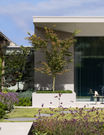

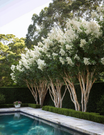





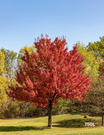


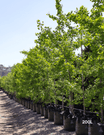











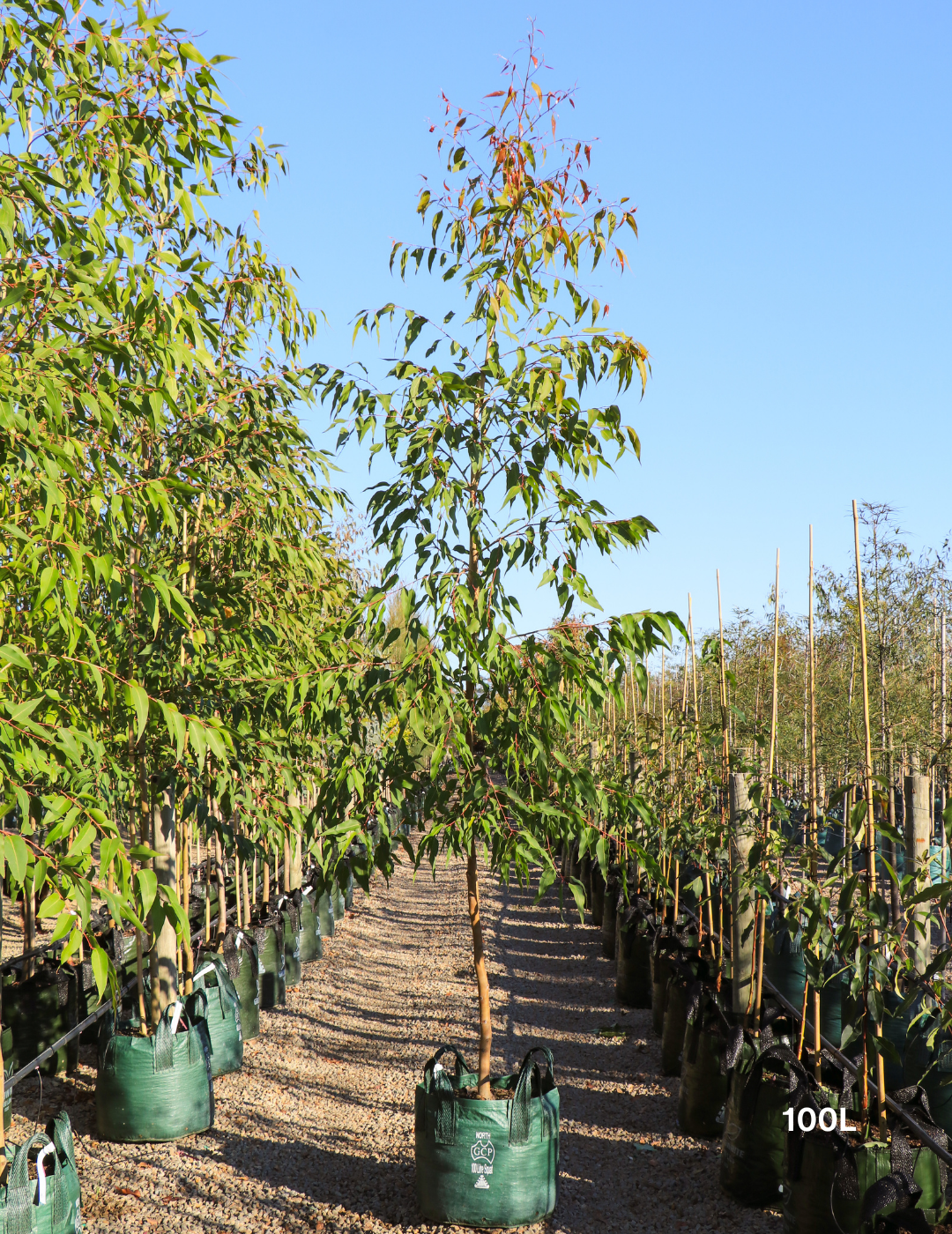
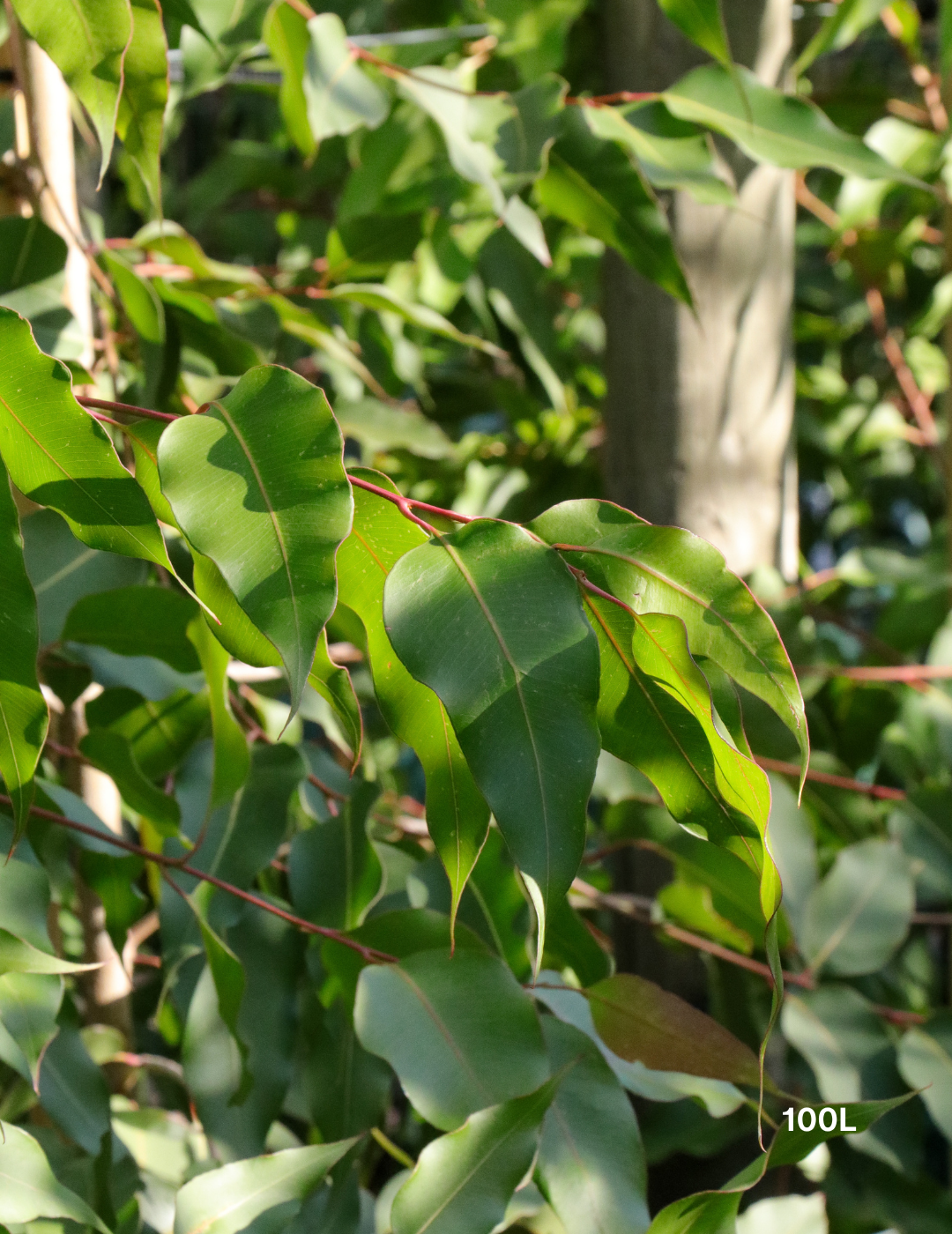
Leave a comment
This site is protected by hCaptcha and the hCaptcha Privacy Policy and Terms of Service apply.